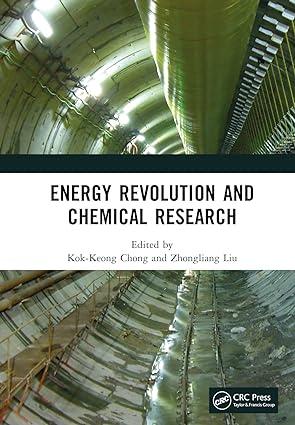Answered step by step
Verified Expert Solution
Question
1 Approved Answer
Part A - Scale Up You have developed a stable formulation that is ready to be upscaled to a pilot batch of 5 0 0
Part A Scale Up
You have developed a stable formulation that is ready to be upscaled to a pilot batch of
kg Your formulation recipe can be found here link Currently, you can make a
batch in the lab using the following equipment:
One beaker internal diameter ID of for mixing GelMaker Hydro and Glycerin.
One beaker for mixing the rest of Phase A and mixing in Phase and
One beaker for mixing Phase
One propeller diameter operating at for mixing.
One sawblade impeller diameter : operating at for homogenising.
Assume Phase A density is Phase B density is and combined moisturiser
density is You may assume a constant viscosity value of Pas for every phase
throughout the whole assignment.
Propose how you will scale the manufacturing up to calculate sizes for pilotscale equipment
tanks and impellers and discuss necessary precautions or adjustments you might need to make to
your manufacturing procedure. Please include all your thoughts and full calculation procedures. You
will get extra marks for considering things like geometric parameters of vessels, baffles, etc.
Part B Costing
In addition to above information from Part A you have obtained some equipment information from
the manufacturers as shown in Table below.
Table : Costing and sizing information on selected equipment. Note: tanks can be manufactured to the closest
diameter at a given volume.
Using the table above, decide what size equipment you are going to buy and calculate how much it
will cost. Then, using Lang Factor method, approximate the required fixed capital investment and
working capital for your plant. Assume the tanks and mixers are the only needed pieces of major
process equipment. Show full working and discuss any other assumptions made.
Part C Mixing
What are the new impeller speeds at a pilot scale? Discuss any assumptions you made in
order to perform the calculations. Reflect on your calculated answers.
Discuss what would happen to the mixing times upon scaling up from laboratory to pilot
scale you will get extra marks for performing the calculations If you choose to calculate
mixing times, comment on those.
Calculate the power ratio for mixing of each Phase A by itself Phase B by itself and
combined Phase A&B at the lab and pilot scales.
If your industrial electricity price is cents per kWh then how much do you expect to pay
per batch for mixing these phases at a pilot scale? Assume Phase A gets mixed for
minutes, Phase B for minutes, and combined final product all phases for minutes.
Which operation do you expect to be the most power intensive and why?

Step by Step Solution
There are 3 Steps involved in it
Step: 1

Get Instant Access to Expert-Tailored Solutions
See step-by-step solutions with expert insights and AI powered tools for academic success
Step: 2

Step: 3

Ace Your Homework with AI
Get the answers you need in no time with our AI-driven, step-by-step assistance
Get Started


